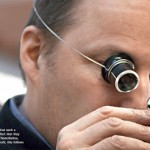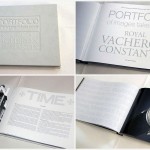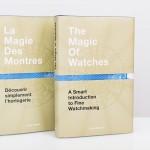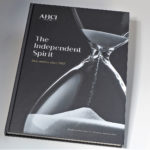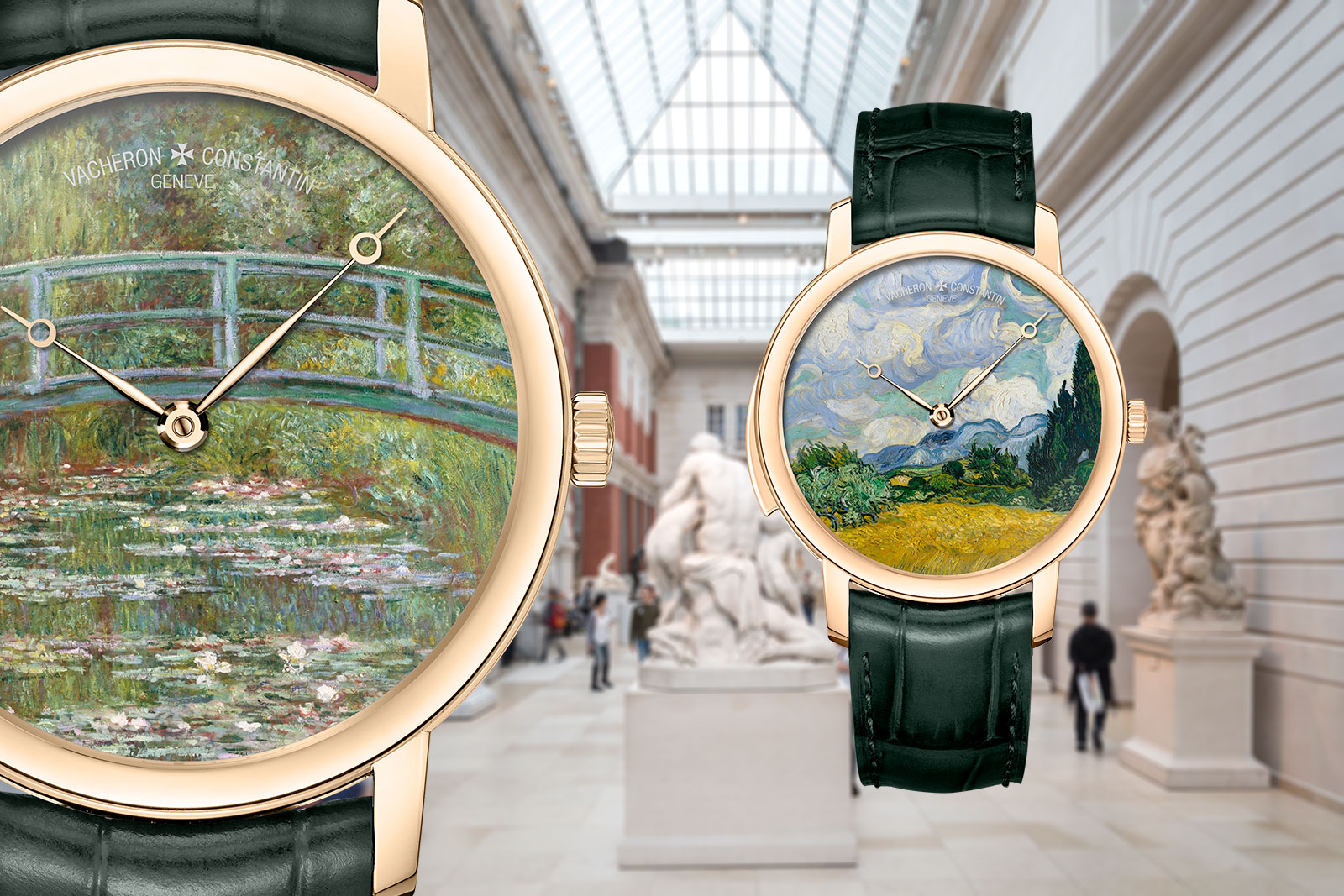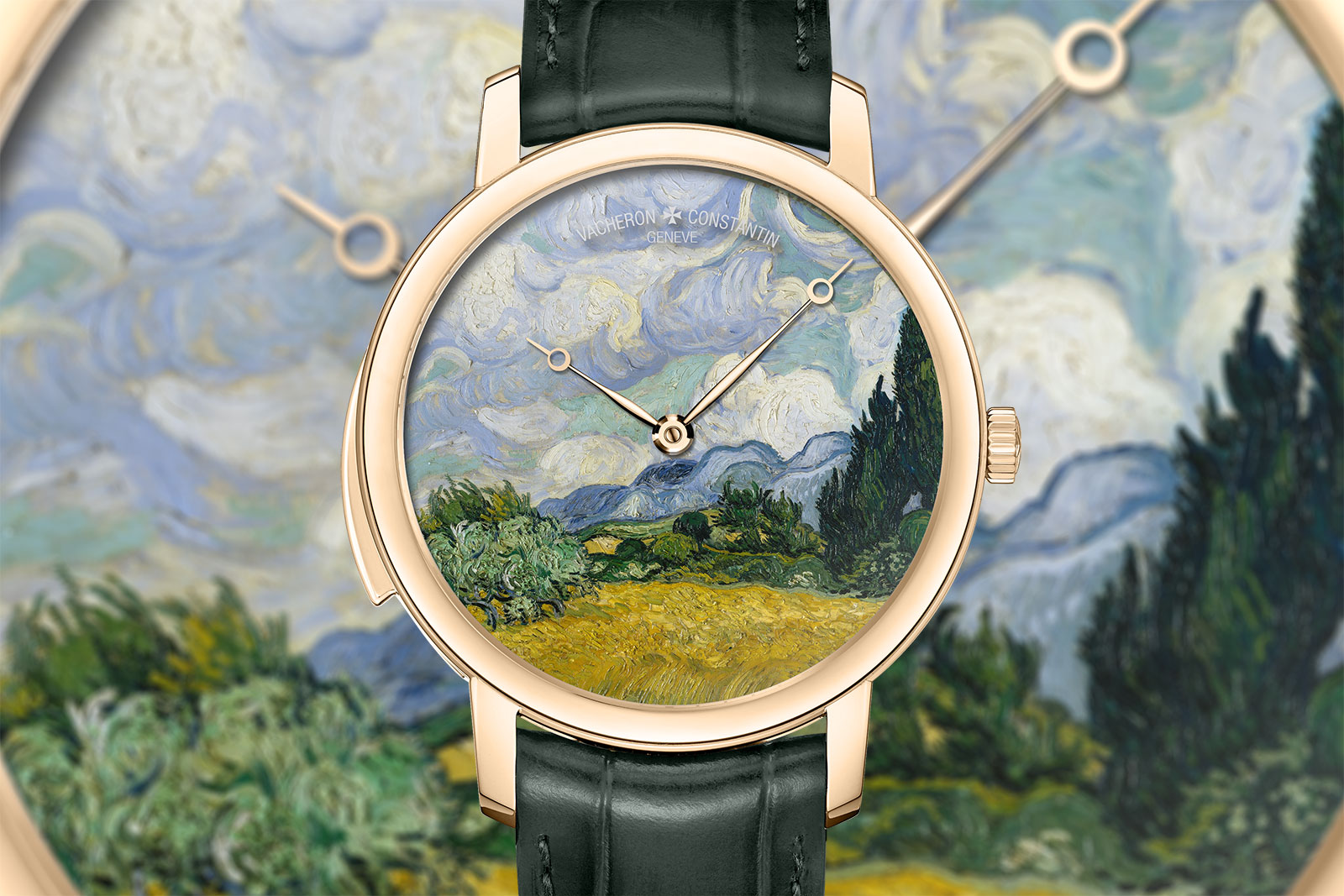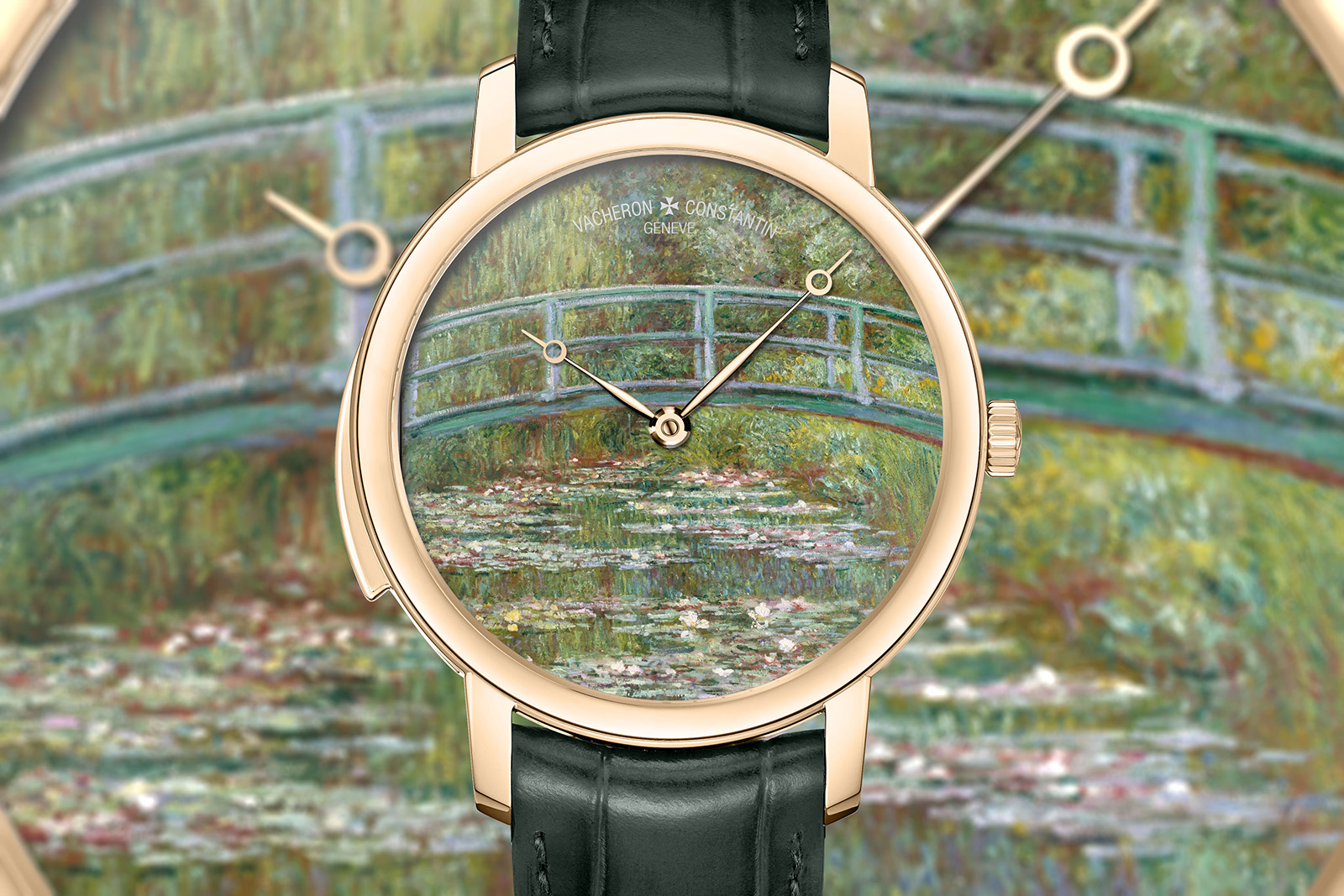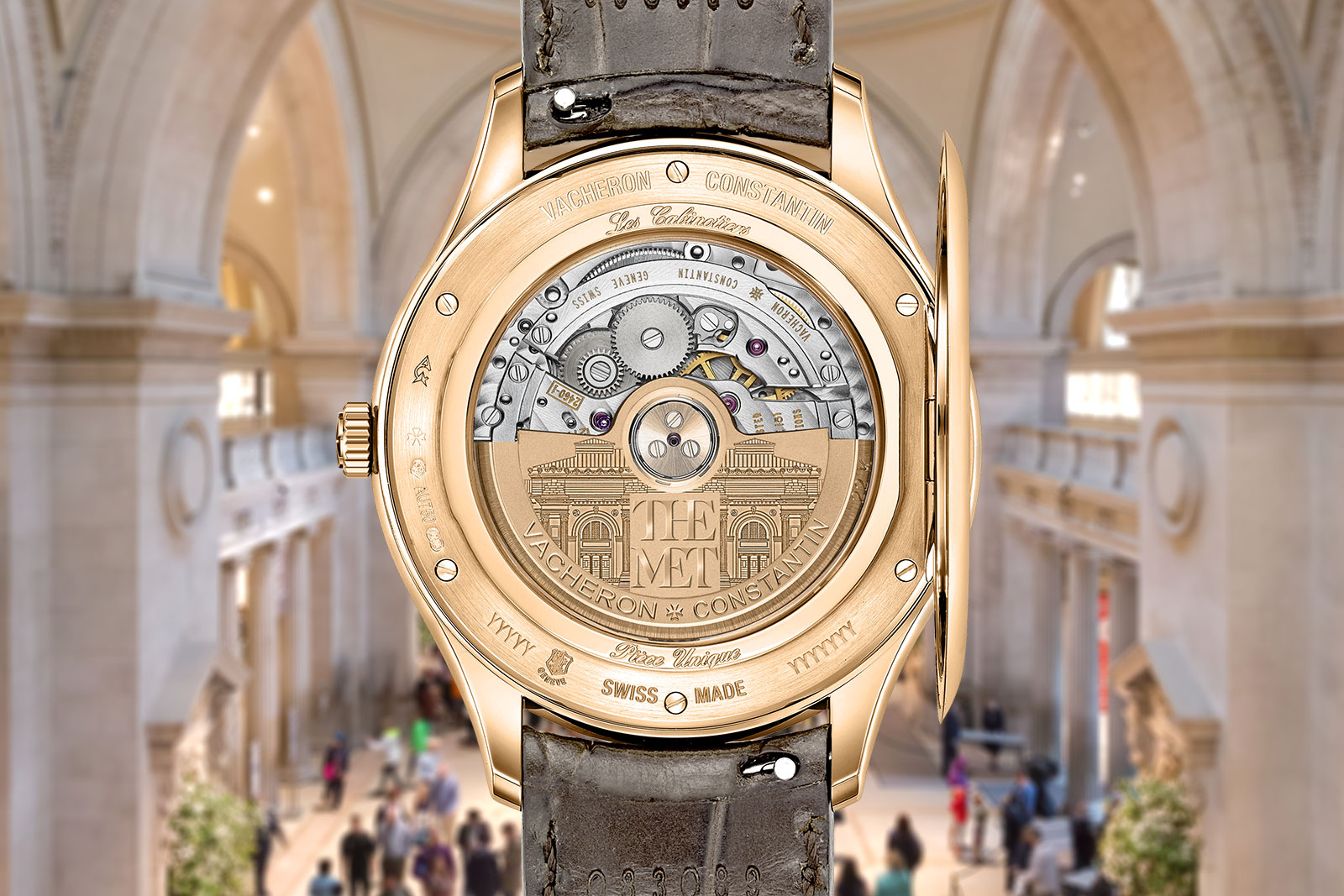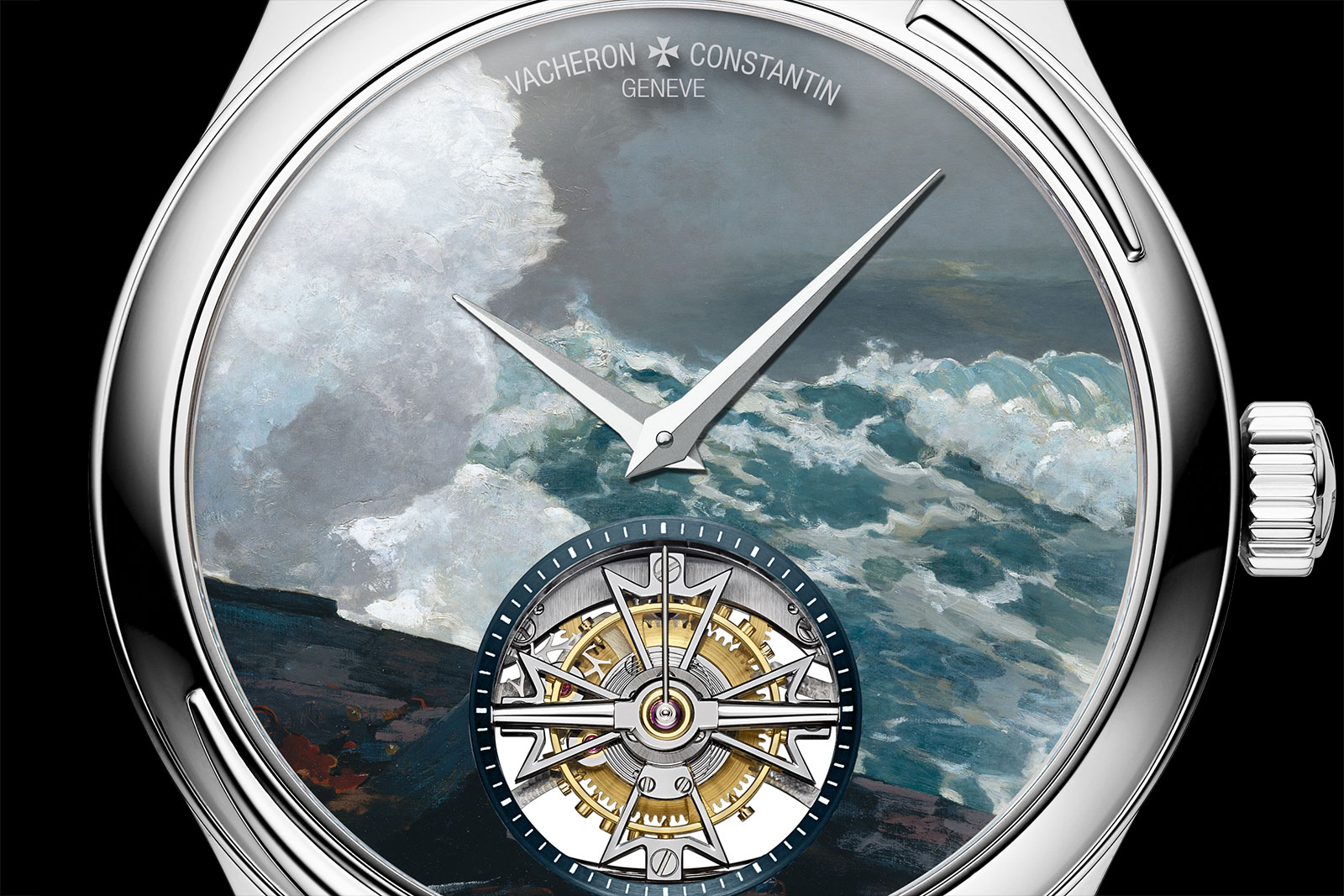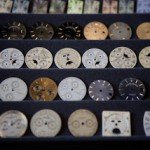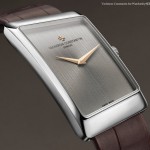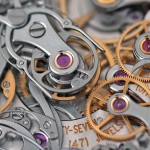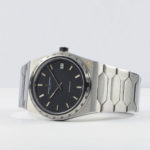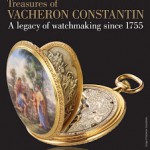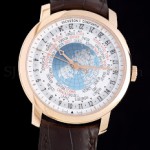Book Review: The Obscure Illustrated Glossary of Watchmaking
A useful guide to the familiar and unfamiliar.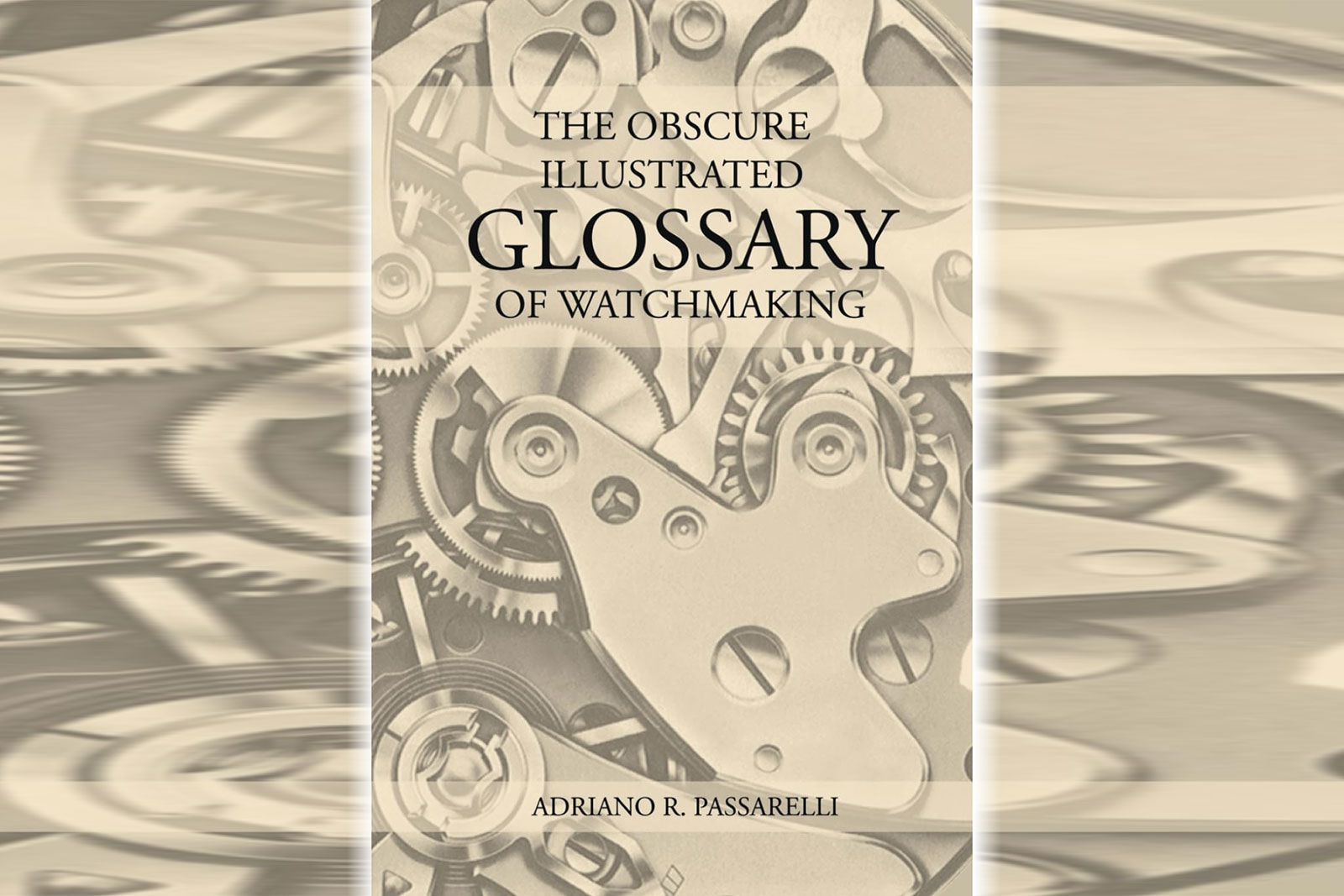
The Obscure Illustrated Glossary of Watchmaking. By Adriano Ramos Passarelli. Independently published; US$34.90 in paperback, US$28.90 in e-book format.
Self published by a watch aficionado turned watchmaker, The Obscure Illustrated Glossary of Watchmaking is not an entirely accurate title. It is certainly more useful than the title implies. The book is a comprehensive and helpful – and includes obscure terms – with information presented in a clear, accessible manner. In fact, the glossary is wide ranging enough to be useful for enthusiasts who are reasonably knowledgeable, no doubt due to the author’s background.
Based in Brazil and an architect by training, Mr Passarelli began as a watch enthusiast before joining the watch industry. Starting with journalism, Mr Passarelli then joined a service centre for Swiss brands as a manager, and finally arriving at the bench as a watchmaker in 2020. His breadth of knowledge – and certainly his interest in watches – is evident in the book, a project he has been working on part-time for over a decade.
The book was first published in Portuguese and this is the first English edition. Traditional terms like anglage and PlexiGlas are found inside, but also trade names like Chronergy, Diashield, and KIF. In fact, the book even includes words that would be obscure to almost anyone but a watchmaker, including Rodico, Witschi, and Vibrograf.
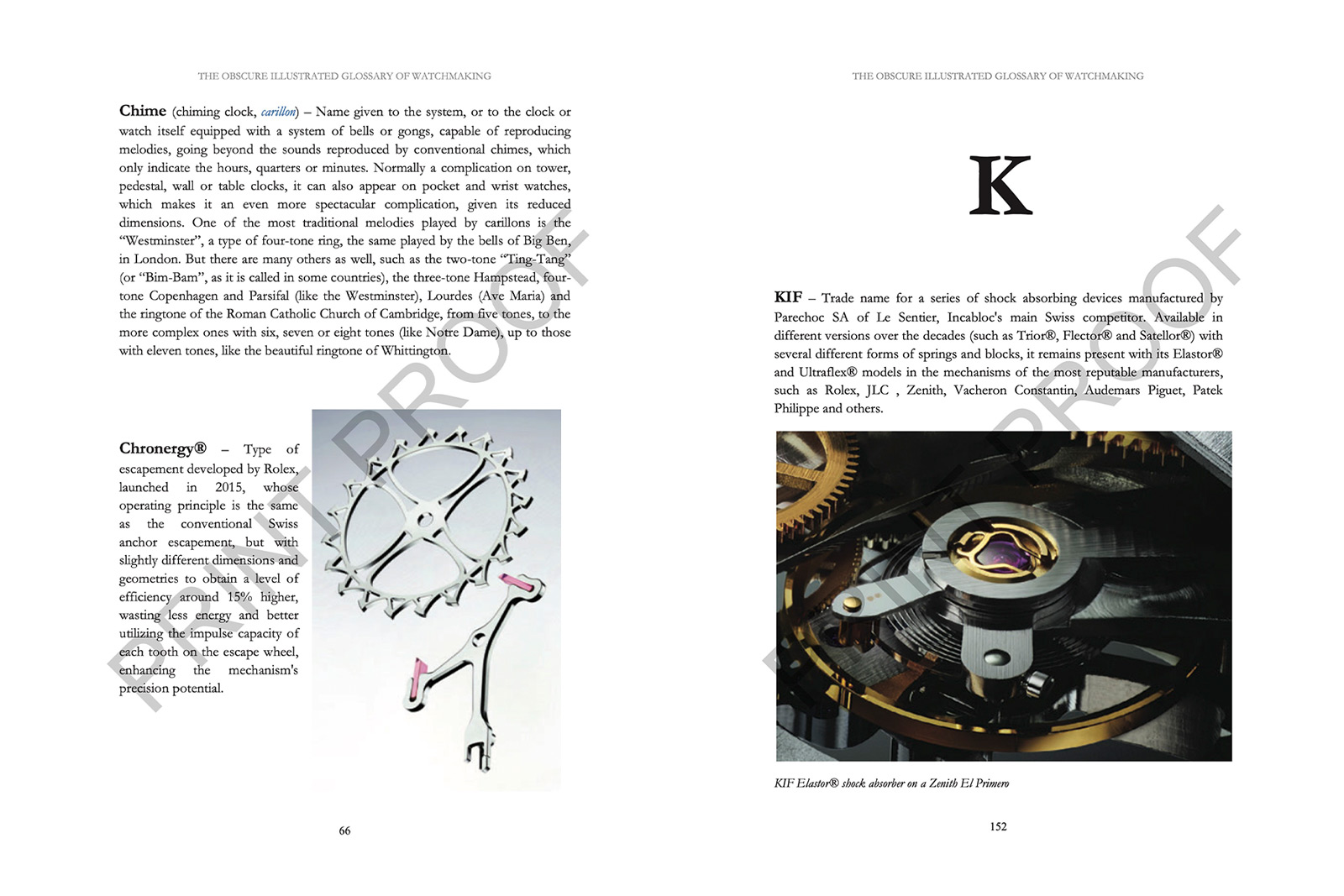
Importantly, most definitions smartly include the equivalent term in French, the working language of Swiss watchmaking. So “bezel” is also lunette, “black polishing” is also poli speculaire, and German silver is maillechort.
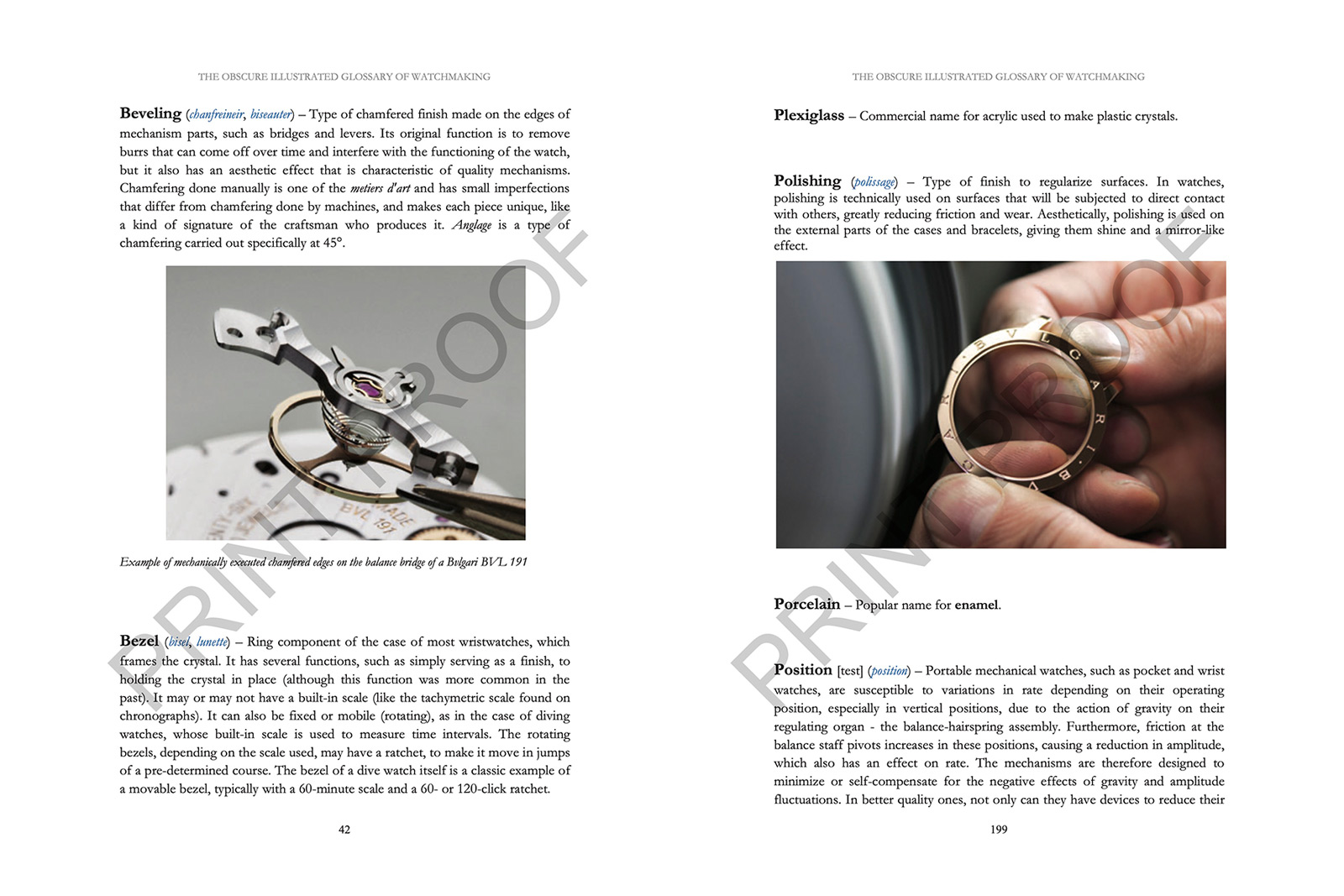
Some definitions reflect the author’s technical knowledge in being impressively concise yet correct. The Breguet hairspring, for example, is “to distribute the weight of the hairspring over itself, reducing the effect of gravity over its mass in vertical positions and reducing or redistributing the lateral compression of the balance wheel pivots against the jewels.”
Being a self-published book, the presentation isn’t particularly polished, which is forgivable. The images appear to be primarily stock images obtained online, while the page layouts are inconsistent. Likely for the same reason, the translation is not perfect so the occasional sentence seems peculiar, though not enough to detract from the usefulness of the information.
While there doesn’t appear to be anything that is incorrect in the book, a handful of definitions are arguably subjective. “Porcelain”, for instance, is described only as a “popular name for enamel”, which is generally true. However, there are watch dials are actually porcelain of the type made with kaolin. At the same time, a pedant would point out some even more obscure terms have been left out, like the varnish known as Zapon.
Overall, The Obscure Illustrated Glossary of Watchmaking is an handy guide to most of the terms a hobbyist or enthusiast will encounter in his or her collecting. The book is available on Amazon (affiliate link).
Back to top.

